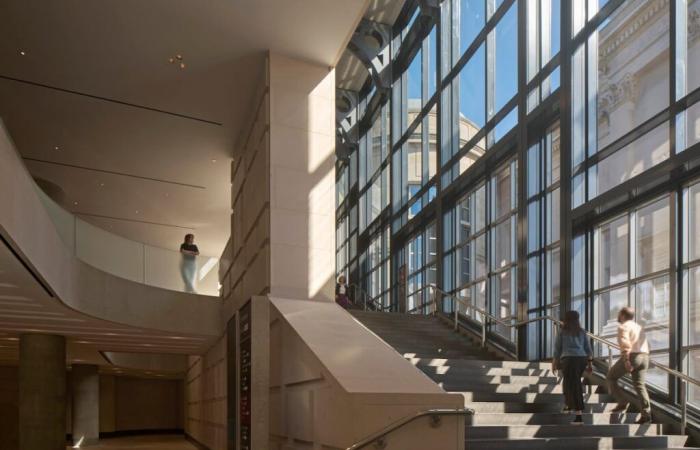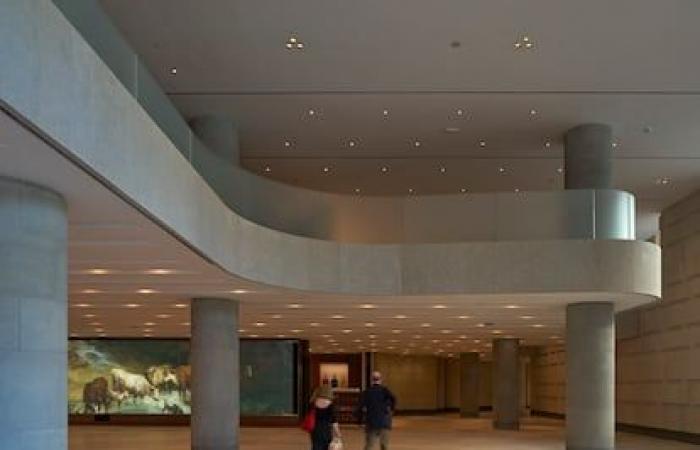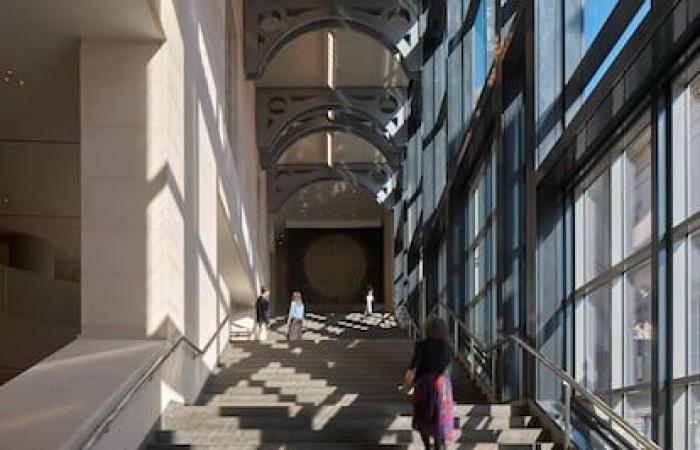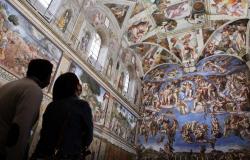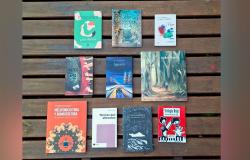Of claim to Marco. The intervention of Annabelle Seldorf (colony, 64 years) and his team to facilitate the growing flow of visitors – more than five and a half million – which annually receives the National Gallery of London shows “the nothing effect”, The “Nothing” that the German will already use in the expansion of the Frick Collection inaugurated in New York last April. The formula is barely visible and has both strategy and design. In London, on May 10, the National Gallery will open the year of its bicentennial by changing the main entrance of the Pinacoteca. It is not a minor gesture, it is a declaration of intentions. The goal? Make architecture avoid the formation of visitors to increase their number and the quality and comfort of the visit. It is about updating the idea of a museum, from the place of the muses to public space. It seeks to host another type of audience.
The director of the National Gallery, Gabriele Finaldi, requested a project that made welcome to people who had never stepped on the museum. Seldorf, who opened his study in Manhattan when he was 28 years old, did so by clearing the space and bringing natural light to the Sainsbury wing, the expansion that Robert Venturi and Denise Scott Brown signed just over 30 years ago and that, then, was not designed as the main entrance. In these three decades technologies, urbanisms and other social considerations have been developed. Thus, today there is attention to the fact that whoever arrives in a wheelchair can easily access through the same main door as everyone, without diversions to ramps and without moving to rear inputs. Civic improvements have gone from being a patch to become a goal.
“It has been a matter of physics than design,” explains Soldorf. “Today there is technology to illuminate more warmly and with greater energy responsibility.” A new Serena sandstone pavement expands the light and the ancient dark glass, which hid the emblematic staircase crowned by metal straps that Venturi and Scott Brown devised, have been replaced by transparent glasses that filter the heat, let more light pass and allow contact with the city. “It has sought to host, connect, make room for everyone and facilitate circulation,” says Selldorf.
Space cleaning, order and connection are the sensations that are experienced within a project that has cost almost 100 million euros. The experience is of lightness and transparency. That is why the changes are not announced. You have to look for them. Thus, the security controls have been reduced to two barely visible masts that not only do not occupy space, they also avoid waiting time and queue training. The rotating doors have disappeared, but the heat is not lost because there is a double door. There are no steps. Everything flows.
Among the most drastic decisions of this remodeling there is a disappearance and an appearance. The largest store in the museum, located in this entry in the last expansion, has disappeared at small positions. The appearance is a 10.6 meter long screen, as the only decoration of the lobby. It is the screen with the highest resolution that exists in Europe. It is also a claim. And a tool for study. In it, details of the Venus of the mirror from Velázquez with runners about The ambassadors of Hans Holbein. Twenty of the gallery masterpieces are discovered, in detail, almost as if we sail on the canvases. The shoes of the Arnolfini marriage Van Eyck, the skins of Bacchus and Ariana of Tiziano or accompanies the Young touching the virginal of Vermeer. All the periods of the Pinacoteca appear to the screen: of the Ofelia among the flowers from Odilon Redon a The dinner in Emaus from Caravaggio. The visitor’s eyes are lost in the depth of the landscape of the Virgen de la Roca de da vinci or en el del Hay car of constable. All that before entering.
“I could spend the day sitting at this screen,” says Selldorf praising the idea of Finaldi. “We all lose when someone thinks that National Gallery is not for him,” insists the director. Two centuries ago, when William Wilkins signed the neoclassical building in front of Trafalgar Square, it was common for power to speak from a pedestal. Over time, museums changed their neoclassical facades for more expressive resources and spectacular inventions, with which content and container competed looking for public attention. Today, the National Gallery advocates the museum as a place of coexistence. For an idea of the culture that puts the enjoyment ahead of the business offering closeness and discovery.
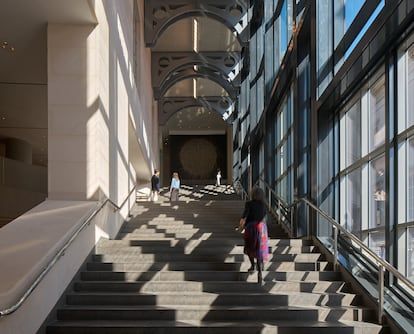
Gabriele Finaldi announced that, in the year of its Bicentennial, the National Gallery would expose everything. For 12 months there will be neither loans or repair works, he added after three years supporting the transformation of his Sainsbury wing. The biggest challenge of Selldof may have been the one he has shared with the Purcell company heritage experts. What could be touched and what not a postmodern building? The discussed expansion of Venturi & Scott Brown spoke in the details, while volumetrically added to the original neoclassical building. But … being the only project of the couple in Europe, that extension enjoys maximum protection as an artistic interest. That is why the changes have been more technological than visual. More functional than easy to see. They are, however, easy to feel. What remains of that building? Everything and nothing at the same time. The property is the same, but not only has its face has been washed and released from cornices added as postmodern makeup, it has also been put in shape, the columns have reduced its size, part of the forged has disappeared and the walls of the insolve have become railings. The famous staircase, with metallic beives as a wink to the industrial revolution, has rejuvenated.
Also the landscaping of the VOGT study, which will sign the gardens of the Tate Modern or the Eiffel Tower, has been a subtraction. Decorative splints of the vigilante’s old house have disappeared in favor of the pedestrian connection of the gallery. Finaldi summarized it: “This new entry treats visitors with the quality of the works we present: unbeatably.” That is the work of Seldorf, Purcell and Vogt: “It is the only reasonable entry for a museum with the demands of this century, that is: with the consideration of the needs of any visitor,” says Finaldi. But it is also a strategy that has relocated services and prepared future underground connections. The greatest achievement of the project is that all this complexity has become invisible. It seems that everything was always there. Nothing is further from reality.

